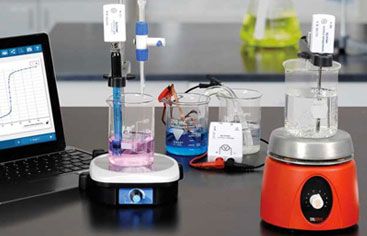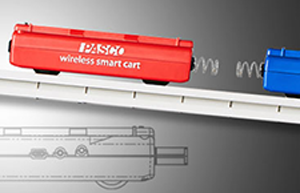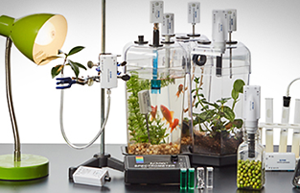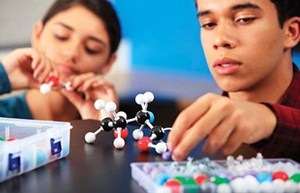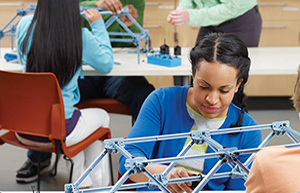Collaborative & Inquiry-Based Learning to Support Student Engagement & Success
Our mission at AYVA is to help students learn to ask the right questions and to inspire curiosity in science. We have partnered with US-based PASCO Scientific the world’s leading supplier of physics teaching equipment and hand-held datalogging equipment for all sciences.
It is so simple to get started with dataloggers! For under $1000 you can equip your classroom, including software.
When you invest in PASCO equipment you are protected with a 5 year warranty. Also, if for any reason you are not satisfied with your purchase, you can return it for up to 45 days.
How We Can Help
Be sure to let us know if you are looking for activities to fulfill specific programs or initiatives. In addition to our curriculum correlations and comprehensive physics equipment, we have compiled recommended equipment lists for New Schools, IB programs, SHSM, GLOBE and many more special funding sources.
- Looking for great ways to use your Chromebooks, iPads & Smart Phones? – Check our our wireless resources.
- Are you in the market for quality microscopes at budget-friendly prices? – See our line of microscopes.
- Want to know other educators are saying about AYVA and our products? – Read our customer testimonials.
- Want to learn more? Browse our catalogues and check out our pricelists.
Call 1-877-967-2726 to learn more about our free software for all mobile devices and the numerous sensors that will enable you to create a modern STEM laboratory.
High School Science Subjects
Physics
Getting students engaged in physics has never been easier. Check out our High School Physics resource section that provides curriculum driven ideas, resources, and top products to teach students physics.
- Kinematics
- Forces
- Momentum & Energy
- Electricity & Magnetism
- Sound
- Light & Waves
Chemistry
Learning experiences based on hands-on exploratory experimentation enhance student engagement and provide opportunities for far deeper insight into scientific phenomena. Incorporating activity based labs has never been this easy or affordable due to the growing ubiquity of mobile devices and the availability of PASCO’s exciting range of wireless sensors and interfaces.
- Chemical Reactions & Stoichiometry
- Acids & Bases
- Matter, Gases & Chemical Bonding
- Solutions, Solubility & Concentration
- Electrochemistry
- Environment & Organic Chemistry
Biology
The positive impact of an inquiry based Biology lab investigation can last a life time. Leverage your students’ innate curiosity and awareness of the natural world with hands-on activities that engage their interest in science and help them conceptualize phenomenon.
- Cell Biology & Microbiology
- Human Physiology & Anatomy
- Molecular Biology & Biochemistry
- Plants & Animals
- Ecosystems
Earth & Environmental Sciences
Environmental investigations may be the most adventurous of all the high school sciences. Not content to limit explorations to the confines of the laboratory, the environmental science teacher may often trek their students to various local field sites to explore science in the ‘real world’.
- Soil & Earth Systems
- Atmospheric & Weather
- Hydrosphere & Water Quality
- Climate Change & Human Impact
- Conservation of Energy
Featured High School Science Videos
How many ways can the Smart Cart be used?
High School Science Blog

Untangle Your Circuits!
Making the leap from circuit diagrams to functioning circuits has never been so clear or intuitive. Circuits can be easily built and tested enticing students to more thoroughly explore the behavior of electricity. Your students will no longer be frustrated trying to trace out the electrical pathway through a nest of wires.
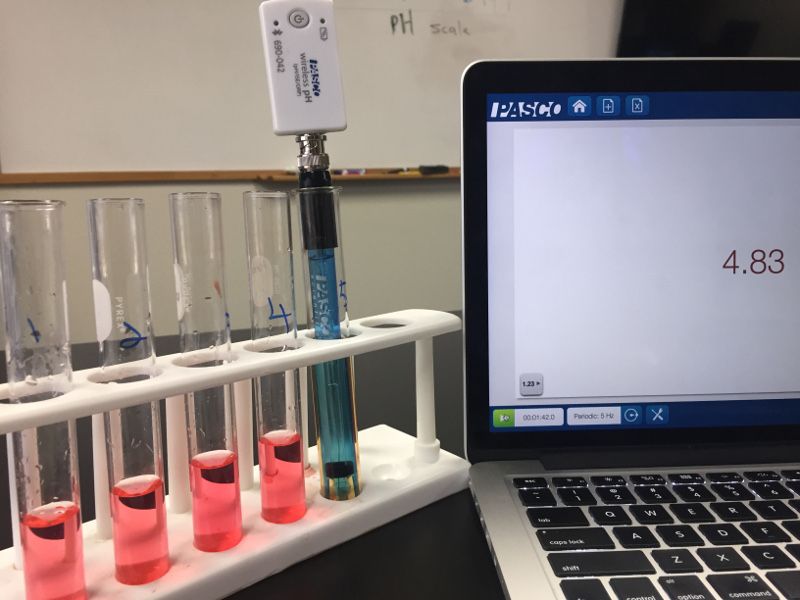
Test the Rainbow! Understanding pH
Students often struggle understanding pH. While we can tell them that it is a logarithmic function, students are more likely to associate “logs” with a calculator button or a piece of wood. So how do we get them to understand what the pH scale really means? Look for a lesson, instead of a pot of gold, at the end of a rainbow.
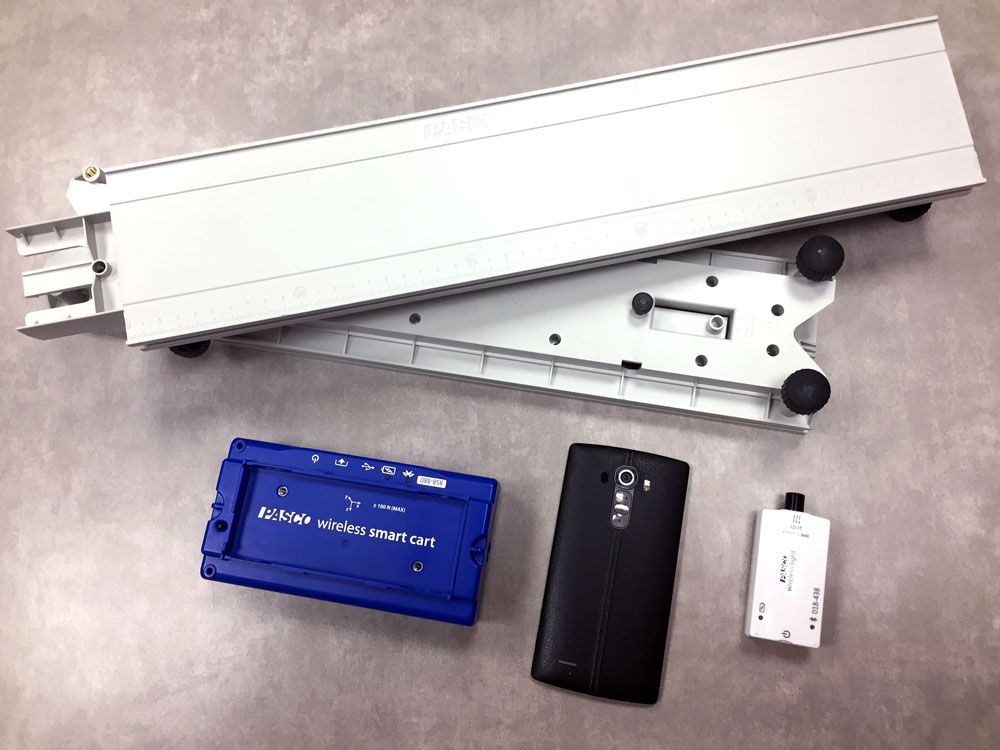
Inverse Square Law
Rick Debenedetti from Streetsville Secondary School in Mississauga demonstrates how to use a Smartphone, a Smart Cart and a Wireless Light Sensor to investigate the relationship between light intensity and the distance from a single point source of light.

